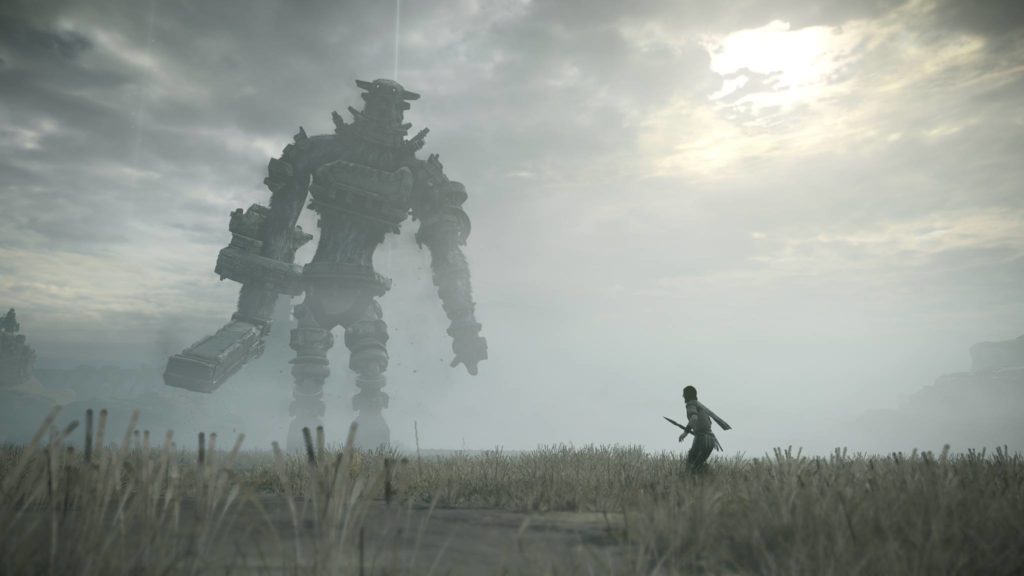Over the years, some people have asked me how I manage so many projects—short and long—without forgetting anything, without breaking promises and commitments, all while looking like a zen buddha. A few observers also remarked (often in mockery) that I tend to take a note of everything, that I document an outrageous amount of seemingly mundane details in my professional and personal life.
In the battlefield of the modern world’s incessant demands and boundless opportunities, I survive “seemingly effortlessly” by being methodology-intensive and adhering to a particular cognitive philosophy that acknowledges the limitations of the human brain—and works around them. This way of life lets me keep track of the big picture without being paralyzed by the daunting nature of a project:

I do procrastinate sometimes (and spend a long time juggling and incubating ideas), but this is not the same thing as being paralyzed by the anxiety of a restless mind, which is what, I posit, plagues many knowledge workers today.
- My procrastination is often the result of the context and timing I find myself in: prioritizing other emergencies, or having no energy left for certain types of tasks, needing to find some long blocks of uninterrupted time to focus on a complex task, or simply needing additional tools or information.
- When I’m fed up from “incubating” a task long enough and need to force the creation of “focused time”, I can always shut down my email and chat clients and blast out a State of Trance. That sometimes help get into the state of flow.
But surely, listening to Armin van Buuren’s playlists is not the primary gateway to productivity, is it? There has to be more to why I virtually don’t experience stress and anxiety!
So here’s a little secret I’ve been harboring for the last ten years: I’m a hardcore GTD practicioner. It basically governs my life.
In geek terms, that means I’m a cyborg who outsources part of his brain to an external memory system so that he can have all his CPU and RAM available for focused processing.
I could write an unbearably long blog post on the matter and try to explain GTD without forgetting anything, but I thought I’d make a quick overview video instead, which summarizes the core concept for you:
(By the way, hi, I have resurrected my YouTube channel! Feel free to subscribe as that will encourage me to publish more content)
David Allen’s GTD is certainly the single most transformative personal productivity book, bar none, that you should read, if you care about efficiency and stress reduction. It changed my life: it helped me throughout my university studies, through the jobs, through the Free & Open-Source software projects, and the personal day-to-day (things get a lot more complicated when you juggle career with projects, finances, home improvement, continuous learning, and a fat corgi dog).

This methodology and philosophy works best for those I would call “organized chaos warriors”. Check out my two complementary blog posts: my typology of workers (where I define the chaos warriors) and the presentation of my favorite Free and Open-Source tool for Getting Things Done.
P.s.: I linked to the 2001 edition of the book (which is the one I had read) because, according to some reviewers’ comments on the 2015 remake, the 2nd edition is much longer for no real gain other than to mention digital tools rather than a paper-based workflow).